No idea is more fundamental to who we are than the idea that we are free to choose what we do and who we will become. This idea is known as free will. But are we truly "free" from the forces around us? In what sense are we free? Is it even possible to truly be "free"?
Related Movies

Darwin's Darkest Hour (2009)
In 1858 Charles Darwin struggles to publish one of the most controversial scientific theories ever conceived, while he and his wife Emma confront family tragedy.
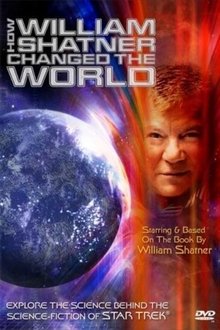
How William Shatner Changed The World (2005)
William Shatner presents a light-hearted look at how the "Star Trek" TV series have influenced and inspired today's technologies, including: cell phones, medical imaging, computers and software, SETI, MP3 players and iPods, virtual reality, and spaceship propulsion.
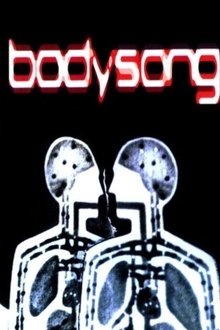
Bodysong (2003)
Documentary footage from various sources, set to music. Showing the whole of human life, from birth to death and beyond.
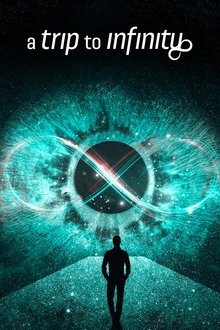
A Trip to Infinity (2022)
Does infinity exist? Can we experience the Infinite? In an animated film (created by artists from 10 countries) the world's most cutting-edge scientists and mathematicians go in search of the infinite and its mind-bending implications for the universe. Eminent mathematicians, particle physicists and cosmologists dive into infinity and its mind-bending implications for the universe.

Entheogen: Awakening the Divine Within (2006)
A feature length documentary which invites the viewer to rediscover an enchanted cosmos in the modern world by awakening to the divine within. The film examines the re-emergence of archaic techniques of ecstasy in the modern world by weaving a synthesis of ecological and evolutionary awareness,electronic dance culture, and the current pharmacological re-evaluation of entheogenic compounds.

Spiders on a Web (1900)
Consisting of a single shot, Spiders on a Web is one of the earliest British examples of close-up natural history photography. Made by one of the pioneers of the British film industry, G.A. Smith, this short film details spiders trapped in an enclosure, and despite the title, does not actually feature a web.
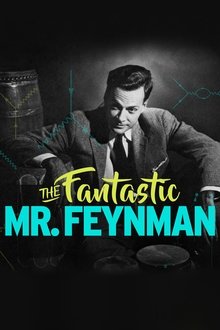
The Fantastic Mr Feynman (2013)
Richard Feynman is one of the most iconic, influential and inspiring scientists of the 20th century. He helped design the atomic bomb, solved the mystery of the Challenger Shuttle catastrophe and won a Nobel Prize. Now, 25 years after his death - in his own words and those of his friends and family - this is the story of the most captivating communicator in the history of science.

Heaven and Earth and Joe Davis (2011)
Filmmaker Peter Sasowsky examines the life and work of artist Joe Davis
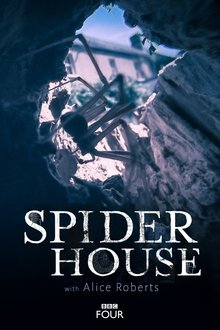
Spider House (2014)
Professor Alice Roberts joins entomologist Tim Cockerill in a house filled with hundreds of spiders in a one-off documentary revealing the secret life of the spider in the home.
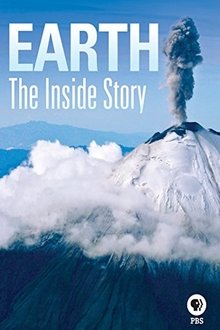
Earth: The Inside Story (2014)
Earthquakes, tsunamis, volcanic eruptions, and extreme weather. Has Earth always been this way? Featuring footage of top geologic hot spots on every continent, the film traces the scientifically-based story of the 4.5 billion-year-old Earth, from the core to the crust and up into the atmosphere.
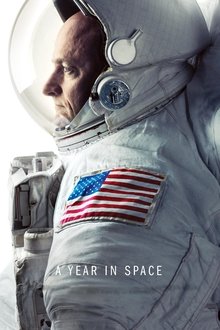
A Year in Space (2016)
Follow astronaut Scott Kelly's 12-month mission on the International Space Station, from launch to landing, as NASA charts the effects of long-duration spaceflight by comparing him to his identical twin on Earth, astronaut Mark Kelly.
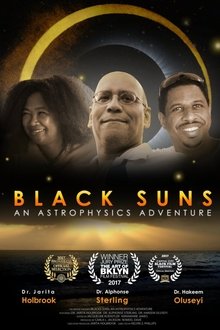
Black Suns: An Astrophysics Adventure (NaN)
BLACK SUNS: AN ASTROPHYSICS ADVENTURE is a documentary about chasing eclipses and science dreams. It chronicles the lives of two globetrotting African American astrophysicists, Dr. Alphonse Sterling and Dr. Hakeem Oluseyi, as they follow the two solar eclipses that occurred in 2012. Dr. Alphonse Sterling of NASA, stationed in Japan, had early success in the US, but left his home country to further cultivate his wide-ranging interests. Dr. Hakeem Oluseyi of the Florida Institute of Technology, is a scientist who beat the odds of poverty, and a poor early education, to get where he is today. The film is hosted by award-winning cultural astronomer Dr. Jarita Holbrook.
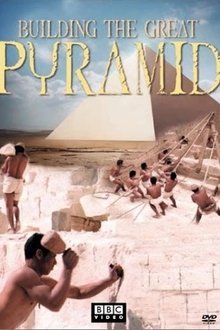
Pyramid (2002)
Of the Seven Wonders of the Ancient World, the Pyramid is the only one to survive. Many believe that even with our 21st-century technology, we could not build anything like it today. Based on the most up-to-date research and the latest archaeological discoveries, here is how the Pyramid came to be.
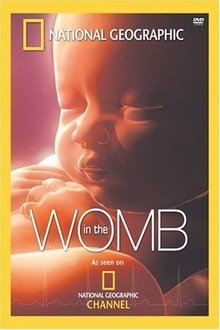
In The Womb (2005)
In The Womb is a 2005 National Geographic Channel documentary that focus on studying and showing the development of the embryo in the uterus. The show makes extensive use of Computer-generated imagery to recreate the real stages of the process.

Wayne Dyer: The Power of Intention (2003)
In Dr. Wayne Dyer's public television special, taped live in front of a thousand fans in Boston's historic theater district, he transforms conventional thinking about making things happen in our lives into a profound understanding of how each person possesses the infinite potential and power to co-create the life he or she desires. To accomplish this, Dr. Dyer takes the audience through a journey into the seven faces of intention - 1: creativity, 2: kindness; 3: love, 4: beauty, 5: expansiveness, 6: abundance, and 7: receptivity. Throughout the program, Dr. Dyer illustrates his points with signature stories that move the audience to tears--as well as abundant laughter.

Wayne Dyer: Excuses Begone! (2009)
People are forever using excuses and defending those excuses as if they were actually true. Such statements as 'It would be very difficult for me to change', or 'I'm too old/young to change' are all excuses used regularly without challenging the truth of these thinking habits. When you eliminate excuses that explain your shortcomings or failures, you'll awaken to your infinite possibilities.

Mission to Mir (1997)
This film shows how far we have come since the cold-war days of the 50s and 60s. Back then the Russians were our "enemies". And to them the Americans were their "enemies" who couldn't be trusted. Somewhere in all this a young girl in Oklahoma named Shannon set her sights on becoming one of those space explorers, even though she was told "girls can't do that." But she did.
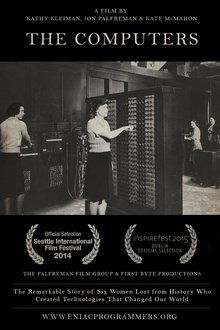
The Computers (2014)
Six young women programmed the world's first all-electronic programmable computer, ENIAC, as part of a secret US WWII project. They changed the world, but were never introduced and never received credit. These pioneers deserve to be known and celebrated: Betty Snyder Holberton, Jean Jennings Barik, Kay McNulty Mauchly Antonelli, Marlyn Wescoff Meltzer, Ruth Lichterman Teitelbaum, and Frances Bilas Spence.
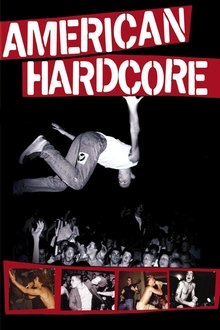
American Hardcore (2006)
Inspired by Steven Blush's book "American Hardcore: A tribal history" Paul Rachman's feature documentary debut is a chronicle of the underground hardcore punk years from 1979 to 1986. Interviews and rare live footage from artists such as Black Flag, Bad Brains, Minor Threat, SS Decontrol and the Dead Kennedys.
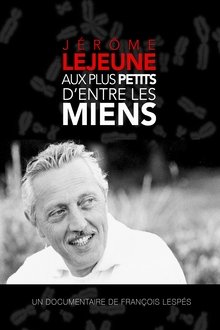
Jerome Lejeune - To the Least of My Brothers and Sisters (2015)
To the Least of My Brothers and Sisters is a new documentary on the life of Jerome Lejeune, the Father of Modern Genetics that was made to celebrate the 20th anniversary of his death. Filmed on two continents, it contains numerous interviews with former colleagues, families, current medical researchers, and others, all who express the importance of Jerome Lejeune in both the history of medicine and the defense of the dignity of human life.